Forecasting electricity demand in South Africa remains an increasingly national challenge as the government does not sufficiently take into account the impact of the electricity prices in their electricity demand forecast. Effective measures to rapidly reduce the demand of electricity are urgently needed to deal with future electricity prices and government policies uncertainties within the energy industry. Moreover, long-term peak electricity demand forecasting methods are needed to quantify the uncertainty of future electricity demand for better electricity security management. The prediction of long-term electricity demand assists decision makers in the electricity sector in planning for capacity generation. This paper presents an application of quantile regression averaging (QRA) approach using South African monthly and quarterly data ranging from January 2007 to December 2014. Variable selection is done in a comparative manner using ridge, least absolute shrinkage and selection operator (Lasso), cross validation (CV) and elastic net. We compare the forecasting accuracy of monthly peak electricity demand (MPED) and quarterly peak electricity demand (QPED) forecasting models using generalised additive models (GAMs) and QRA. The coefficient estimates for ridge, Lasso and elastic net are estimated and compared using MPED and QPED data.
1.
Introduction and main results
A taxis is the movement of an organism in response to a stimulus such as chemical signal or the presence of food. Taxes can be classified based on the types of stimulus, such as chemotaxis, prey-taxis, galvanotaxis, phototaxis and so on. According to the direction of movements, the taxis is said to be attractive (resp. repulsive) if the organism moves towards (resp. away from) the stimulus. In the ecosystem, a widespread phenomenon is the prey-taxis, where predators move up the prey density gradient, which is often referred to as the direct prey-taxis. However some predators may approach the prey by tracking the chemical signals released by the prey, such as the smell of blood or specific odo, and such movement is called indirect prey-taxis (cf. [1]). Since the pioneering modeling work by Kareiva and Odell [2], prey-taxis models have been widely studied in recent years (cf. [3,4,5,6,7,8,9,10,11,12]), followed by numerous extensions, such as three-species prey-taxis models (cf. [13,14,15]) and predator-taxis models (cf. [16,17]). The indirect prey-taxis models have also been well studied (cf. [18,19,20]).
Recently, a predator-prey model with attraction-repulsion taxis mechanisms was proposed by Bell and Haskell in [21] to describe the interaction between direct prey-taxis and indirect chemotaxis, where the direct prey-taxis describes the predator's directional movement towards the prey density gradient, while the indirect chemotaxis models a defense mechanism in which the prey repels the predator by releasing odour chemicals (like a fox breaking wind in order to escape from hunting dogs). The model reads as
where the unknown functions u(x,t), v(x,t) and w(x,t) denote the densities of the prey, predator and prey-derived chemical repellent, respectively, at position x∈Ω and time t>0. Here, Ω⊂Rn is a bounded domain (habitat of species) with smooth boundary ∂Ω, and ν is the unit outer normal vector of ∂Ω. The parameters d, η, χ, ξ, a1, a2, a3, e, ρ, r, γ are all positive, where χ>0 and ξ>0 denote the (attractive) prey-taxis and (repulsive) chemotaxis coefficients, respectively. The predator v is assumed to be a generalist, so that it has a logistic growth term ρv(1−v) with intrinsic growth rate ρ>0. More modeling details with biological interpretations are referred to in [21]. We remark that the predator-prey model with attraction-repulsion taxes has some similar structures to the so-called attraction-repulsion chemotaxis model proposed originally in [22], where the species elicit both attractive and repulsive chemicals (see [23,24,25,26] and references therein for some mathematical studies).
The initial data satisfy the following conditions:
In [21], the global existence of strong solutions to (1.1) was established in one dimension (n=1), and the existence of nontrivial steady state solutions alongside pattern formation was studied by the bifurcation theory. The main purpose of this paper is to study the global dynamics of (1.1) in higher dimensional spaces, which are usually more physical in the real world. Specifically, we shall show the existence of global classical solutions in all dimensions and explore the global stability of constant steady states, by which we may see how parameter values play roles in determining these dynamical properties of solutions.
The first main result is concerned with the global existence and boundedness of solutions to (1.1). For the convenience of presentation, we let
and
Then, the result on the global boundedness of solutions to (1.1) is stated as follows.
Theorem 1.1 (Global existence). Let Ω⊂Rn(n⩾ be a bounded domain with smooth boundary and parameters d , \eta , \chi , \xi , a_1 , a_2 , a_3 , e , \rho , r , \gamma be positive. If
where K_3(p) is defined in (1.4), then for any initial data (u_0, v_0, w_0) satisfying (1.2), the system (1.1) admits a unique classicalsolution (u, v, w) satisfying
and u, v, w > 0 in \Omega\times(0, +\infty) . Moreover, there exists a constant C > 0 independent of t such that
Our next goal is to explore the large-time behavior of solutions to (1.1). Simple calculations show the system (1.1) has four possible homogeneous equilibria as classified below:
with
where the trivial equilibrium (0, 0, 0) is called the extinction steady state, (0, 1, 0) is the predator-only steady state, and (u_*, v_*, w_*) is the coexistence steady state. We shall show that if a_1 > a_3 , then the coexistence steady state is globally asymptotically stable with exponential convergence rate, provided that \xi and \chi are suitably small, while if a_1\leqslant a_3 , the predator-only steady state is globally asymptotically stable with exponential or algebraic convergence rate when \xi and \chi are suitably small. To state our results, we denote
and
where K_1 is defined in (1.3). Then, the global stability result is stated in the following theorem.
Theorem 1.2 (Global stability). Let the assumptions in Theorem 1.1 hold. Then, the following results hold.
(1) Let a_1 > a_3 . If \xi and \chi satisfy
where a = \max\big\{\frac{\xi^2}{\Gamma}, \Phi-\sqrt{\Phi^2-e^2}\big\}, b = \Phi+\sqrt{\Phi^2-e^2} , then there exist some constants T_* , C , \alpha > 0 such that the solution (u, v, w) obtained in Theorem 1.1 satisfies for all t\geqslant T_*
(2) Let a_1\leqslant a_3 , If \xi and \chi satisfy
then there exist some constants T^* , C , \beta > 0 such that the solution (u, v, w) obtained in Theorem 1.1 satisfies, for all t\geqslant T^* ,
Remark 1.1. In the biological view, the relative sizes of a_1 and a_2 determine the coexistence of the system. The results indicated that a large \frac{a_1}{a_2} facilitates the coexistence of the species.
The rest of this paper is organized as follows. In Section 2, we state the local existence of solutions to (1.1) with extensibility conditions. Then, we deduce some a priori estimates and prove Theorem 1.1 in Section 3. Finally, we show the global convergence to the constant steady states and prove Theorem 1.2 in Section 4.
2.
Preliminary
For convenience, in what follows we shall use C_i(i = 1, 2, \cdots) to denote a generic positive constant which may vary from line to line. For simplicity, we abbreviate \int_{0}^{t}\int_\Omega f(\cdot, s)dxds and \int_\Omega f(\cdot, t)dx as \int_{0}^{t}\int_\Omega f and \int_\Omega f , respectively. The local existence and extensibility result of problem (1.1) can be directly established by the well-known Amman's theory for triangular parabolic systems (cf. [27,28]). Below, we shall present the local existence theorem without proof for brevity, and we refer to [21] for the proof in one dimension as a reference.
Lemma 2.1 (Local existence and extensibility). Let \Omega\subset \mathbb{R}^n be a bounded domain with smooth boundary. The parameters d , \eta , \chi , \xi , a_1 , a_2 , a_3 , e, \rho , r, \gamma are positive. Then, for the initial data (u_0, v_0, w_0) satisfying (1.2), there exists T_{max}\in(0, \infty] such that the system (1.1) admits a unique classicalsolution (u, v, w) satisfying
and u, v, w > 0 in \Omega\times(0, T_{max}) . Moreover, we have
We recall some well-known results which will be used later frequently. The first one is an uniform Grönwall inequality [29].
Lemma 2.2. Let T_{max} > 0 , \tau\in(0, T_{max}) . Suppose that c_1 , c_2 , y are three positive locally integrable functions on (0, T_{max}) such that y' is locally integrable on (0, T_{max}) and satisfies
If
where C_{i}(i = 1, 2, 3) are positive constants, then
Next, we recall a basic inequality [30].
Lemma 2.3. Let p\in[1, \infty) . Then, the following inequality holds:
for any u\in C^{2}(\bar{\Omega}) satisfying \frac{\partial u}{\partial \nu} = 0 on \partial \Omega , where D^{2}u denotes the Hessian of u .
The last one is a Gagliardo-Nirenberg type inequality shown in [31,Lemma 2.5].
Lemma 2.4. Let \Omega be a bounded domain in \mathbb{R}^2 with smooth boundary. Then, for any \varphi\in W^{2, 2}(\Omega) satisfying \frac{\partial \varphi}{\partial \nu}|_{\partial\Omega} = 0 , there exists a positive constant C depending only on \Omega such that
3.
Global existence
In this section, we establish the global boundedness of solutions to the system (1.1). To this end, we will proceed with several steps to derive a priori estimates for the solution of the system (1.1). The first one is the uniform-in-time L^\infty(\Omega) boundedness of u .
Lemma 3.1. Let (u, v, w) be the solution of (1.1) and K_1 be as defined in (1.3). Then, we have
Furthermore, there is a constant C > 0 such that for any 0 < \tau < \min\{T_{max}, 1\} , it follows that
Proof. The result is a direct consequence of the maximum principle applied to the first equation in (1.1). Indeed, if we let \bar{u} = \max\left\{\frac{a_{1}}{a_{2}}, \left\|u_{0}\right\|_{L^\infty(\Omega)}\right\} , then \bar{u} satisfies
Apparently, the comparison principle of parabolic equations gives u\leqslant \bar{u} on \Omega \times\left(0, T_{\max }\right) .
Next, we multiply the first equation of (1.1) by u and integrate the result to get
Then, the integration of the above inequality with respect to t over (t, t+\tau) completes the proof by noting that \int_\Omega u_0^2 is bounded.
Having at hand the uniform-in-time L^\infty(\Omega) boundedness of u , the a priori estimate of w follows immediately.
Lemma 3.2. Let (u, v, w) be the solution of (1.1). We can find a constant C > 0 satisfying
Proof. Noting the boundedness of \|u\|_{L^\infty(\Omega)} from Lemma 3.1, we get the desired result from the third equation of (1.1) and the regularity theorem [32,Lemma 1].
Now, the a priori estimate of v can be obtained as below.
Lemma 3.3. Let (u, v, w) be the solution of (1.1). Then, there exists a constant C > 0 such that
and
where \tau is a constant such that 0 < \tau < \min\{T_{max}, 1\} .
Proof. Integrating the second equation of (1.1) over \Omega by parts, using Young's inequality and Lemma 3.1, we find some constant C_1 > 0 such that
Hence, (3.1) is obtained by the Grönwall inequality. Integrating (3.3) over (t, t+\tau) , we get (3.2) immediately.
Due to the estimates of u and v obtained in Lemmas 3.1 and 3.3 respectively, we have the following improved uniform-in-time L^2(\Omega) boundedness of \nabla u and the space-time L^2 boundedness of \Delta u when n = 2 .
Lemma 3.4. Let (u, v, w) be the solution of (1.1). If n = 2 , then we can find a constant C > 0 such that
and
where \tau is defined in Lemma 3.3.
Proof. Integrating the first equation of (1.1) by parts and using Lemma 3.1, we find a constant C_1 > 0 such that
The Gagliardo-Nirenberg inequality in Lemma 2.4, Young's inequality and Lemma 3.1 yield some constants C_2, C_3 > 0 satisfying
and
which along with (3.6) imply
Then, applications of Lemma 2.2, 3.1 and 3.3 give (3.4). Finally, (3.5) can be obtained by integrating (3.7) over (t, t+\tau) .
Now, the uniform-in-time boundedness of v in L^2(\Omega) can be established when n = 2 .
Lemma 3.5. Let (u, v, w) be the solution of (1.1). If n = 2 , then there exists a constant C > 0 such that
Proof. Multiplying the second equation of (1.1) by v , integrating the result by parts and using Young's inequality, we have
which along with Lemma 3.1 and Lemma 3.2 gives some constant C_1 > 0 such that
Using Lemmas 3.1 and 3.3, Hölder's inequality, Lemma 2.4 and Young's inequality, we find some constants C_2, C_3, C_4 > 0 such that
Furthermore, Young's inequality yields some constant C_5 > 0 such that
Substituting (3.9) and (3.10) into (3.8), we get
which alongside Lemma 2.2, Lemma 3.3 and Lemma 3.4 completes the proof.
To get the global existence of solutions in any dimensions, we derive the following functional inequality which gives an a priori estimate on \nabla u .
Lemma 3.6. Let (u, v, w) be the solution of (1.1) and q\geqslant2 . If n\geqslant1 , then there exists a constant C > 0 such that
where K_2 is defined in (1.3).
Proof. From the first equation of (1.1) and the fact 2\nabla u\cdot\nabla\Delta u = \Delta|\nabla u|^2-2|D^2u|^2 , it follows that
which implies
Now, we estimate the right hand side of (3.11). Choosing s\in(0, \frac{1}{2}) and
we get
which, along with the Gagliardo-Nirenberg inequality, Young's inequality and the embedding
gives some constants C_1 , C_2 , C_3 , C_4 > 0 such that
Therefore, it holds that
Owning to the fact |\Delta u|\leqslant \sqrt{n}|D^2u| , Young's inequality and Lemma 3.1, we have
where K_2 is defined in (1.3). Hence, substituting the estimates I_1 and I_2 into (3.11), we finish the proof of the lemma.
Now, we show the following functional inequality to derive the a priori estimate on v in any dimensions.
Lemma 3.7. Let (u, v, w) be the solution of (1.1) and q\geqslant2 . If n\geqslant1 , we can find a constant C > 0 such that
for all t\in(0, T_{max}) .
Proof. Utilizing the second equation of (1.1) and integration by parts, we get
Now, we estimate the right hand side of (3.12). An application of Young's inequality and Lemma 3.2 yields some constant C_1 > 0 such that
and
which along with (3.12), Lemma 3.1 and the fact
gives a constant C_2 > 0 such that
Hence, we finish the proof of the lemma.
Combining Lemmas 3.6 and 3.7, we have the following inequality which can help us to achieve the global existence of solutions in any dimensions.
Lemma 3.8. Let (u, v, w) be the solution of (1.1) and p\geqslant2 . If n\geqslant1 , we can find a constant C > 0 such that
where K_3(p) is defined in (1.4).
Proof. Combining Lemmas 3.6 and 3.7, we see for any p = q\geqslant2 there exists a constant C_1 > 0 such that for all t \in\left(0, T_{max}\right)
Now, we estimate the right hand side of the above inequality. Indeed, owing to Lemma 2.3 and Young's inequality, for all t \in\left(0, T_{max}\right) , we have
and
where K_1 and K_2 are defined in (1.3). Similarly, we can find a constant C_2 > 0 such that
Substituting the above estimates into (3.13), we get
where K_3(p) is given in (1.4). Furthermore, we can use Young's inequality and Lemma 2.3 to get a constant C_3 > 0 such that
and
which together with (3.14) finishes the proof.
Next, we shall deduce a criterion of global boundedness of solutions for the system (1.1) inspired by an idea of [33].
Lemma 3.9. Let n\geqslant1 . If there exist M > 0 and p_0 > \frac{n}{2} such that
then T_{max} = +\infty . Moreover, there exists C > 0 such that
Proof. We divide the proof into two steps.
Step 1: We claim that there exists a constant C_1 > 0 such that
Indeed, due to Lemma 3.8, for any p = 2p_0 , there exists a constant C_2 > 0 such that
Let
Then, \frac{2p_0+1}{2p_0}\theta < 1 due to p_0 > \frac{n}{2} . By the Gagliardo-Nirenberg inequality, Young's inequality and (3.15), we can find some constants C_3, C_4 > 0 such that
which along with (3.16) implies
Therefore, the claim follows from the Grönwall inequality applied to the above inequality.
Step 2: Thanks to the regularity theorem [32,Lemma 1], we can find a constant C_5 > 0 such that \|\nabla u\|_{L^\infty(\Omega)}\leqslant C_5 due to 2p_0 > n . With (3.12) and Lemmas 3.1 and 3.2, we get a constant C_6 > 0 such that for any p\geqslant2
Thanks to Young's inequality, we find a constant C_7 > 0 such that
which together with (3.17) implies
with C_8 = C_7+\rho+ea_3K_1+1 . Applying 1+p^n\leqslant(1+p)^n and the following inequality [34]
with f = v^{\frac{p}{2}} and \varepsilon = \frac{2}{p^2C_8} , we find a constant C_{10} > 0 such that
Substituting (3.19) into (3.18), we have
Then, employing the standard Moser iteration in [35] or a similar argument as in [34], we can prove that there exists a constant C_{11} > 0 such that
Thus, with the help of Lemma 3.2, we finish the proof.
Now, utilizing the criterion in Lemma 3.9, we prove the global existence and boundedness of solutions for the system (1.1).
Proof of Theorem 1.1. If n\leqslant2 , then the conclusion of the theorem can be obtained by Lemmas 3.3, 3.5 and 3.9. If n\geqslant3 and
then according to Lemma 3.8, by fixing p = [\frac{n}{2}]+1 we can find a constant C_1 > 0 such that
which along with the Grönwall inequality gives a constant C_2 > 0 ,
Together with Lemma 3.9, we finish the proof by Lemma 2.1.
4.
Stabilization
In this section, we will employ suitable Lyapunov functionals to study the large-time behavior of u , v and w . We first improve the regularity of the solution.
Lemma 4.1. There exist constants \theta_1, \theta_2, \theta_3\in(0, 1) and C > 0 such that
In particular, one can find C > 0 such that
Proof. The conclusion is a consequence of the regularity of parabolic equations in [36].
We split our analysis into two cases: a_1 > a_3 and a_1\leqslant a_3 .
4.1. Coexistence: a_1 > a_3
We know that there are four homogeneous equilibria (0, 0, 0) , (0, 1, 0) , \left(\frac{a_1}{a_2}, 0, \frac{ra_1}{\gamma a_2}\right) and (u_*, v_*, w_*) when a_1 > a_3 , where u_*, v_* and w_* are defined in (1.5). In this case, we shall prove the coexistence steady state (u_*, v_*, w_*) is globally exponentially stable under certain conditions. Define an energy functional for (1.1) as follows:
where \varepsilon_1 and \varepsilon_2 are to be determined below.
Proof of Theorem 1.2–(1). We complete the proof in four steps.
Step 1: The parameters \varepsilon_1 and \varepsilon_2 can be chosen in the following way. First, we recall from (1.5) and (1.6) that
Let
It is clear that f\in C^0((0, +\infty)) . Then, if
the following holds:
Under (4.2), we let a = \max\left\{\frac{\xi^2}{\Gamma}, \Phi-\sqrt{\Phi^2-e^2}\right\} and b = \Phi+\sqrt{\Phi^2-e^2} with a < b . Then, f(y) is continuous on [a, b] with f(a) = f(b) = 0 , and consequently f(y) must attain the maximum at some point, say \varepsilon_1 , in (a, b) , namely f(\varepsilon_1) = \max \limits_{y\in [a, b]} f(y) . Then, a < \varepsilon_1 < b , or equivalently (see (4.1))
Next, we assume \chi > 0 is suitably small such that
which implies
Hence, there exists a constant \varepsilon_2 > 0 such that
which along with Lemma 3.1 yields
Step 2: We claim
Indeed, using the equations in system (1.1) along with integration by parts, we have
Similarly, we obtain
and
Then, it follows that
where X = (\nabla u, \nabla v, \nabla w) , Y = (u-u_*, v-v_*, w-w_*) , and
Note that (4.3) yields
and (4.4) gives
The above results indicate that matrix S is positive definite. Using (4.3) and (4.4) again, we observe that
and
which imply that matrix T is positive definite. Therefore, one can choose a constant C_1 > 0 such that
Integrating the above inequality with respect to time, we get a constant C_2 > 0 satisfying
which together with the uniform continuity of u, v and w due to Lemma 4.1 yields
By the Gagliardo-Nirenberg inequality, we can find a constant C_3 > 0 such that
and
which along with (4.6) and Lemma 4.1 prove the claim.
Step 3: From the L'Hôpital rule, it holds that for any s_0 > 0
which gives a constant \eta > 0 such that for all |s-s_0|\leqslant\eta
By (4.6), there exists T_1 > 1 such that
Therefore, by (4.10), we get
and
Step 4: From (4.11) and (4.12), it follows that
which alongside (4.5) yields a constant C_4 > 0 such that
This immediately gives a constant C_5 > 0 such that
Hence, utilizing (4.11) and (4.12) again, one obtains a constant C_6 > 0 such that
Finally, by (4.7)–(4.9) and Lemma 4.1, we get the decay rates of \|u-u_*\|_{L^\infty(\Omega)} , \|v-v_*\|_{L^\infty(\Omega)} and \|w-w_*\|_{L^\infty(\Omega)} , as claimed in Theorem 1.2–(1).
4.2. Predator-only: a_1\leqslant a_3
In this case, there are three homogeneous equilibria (0, 0, 0) , (0, 1, 0) and \left(\frac{a_1}{a_2}, 0, \frac{ra_1}{\gamma a_2}\right) , and we shall show that the steady state (0, 1, 0) is global asymptotically stable, where the convergence rate is exponential if a_1 < a_3 and algebraic if a_1 = a_3 . Define an energy functional for (1.1) as follows:
where \zeta_1 and \zeta_2 will be determined below.
Proof of Theorem 1.2–(2). We divide the proof into five steps.
Step 1: We shall choose the appropriate parameters \zeta_1 and \zeta_2 . By the definitions of A and B in (1.7), since A < B , we have
Let
Then, g\in C^1\left(\left(\frac{\xi^2}{4d}, \frac{ea_2}{a_1}\right)\right) , and g(y) > 0 in \left(\frac{\xi^2}{4d}, \frac{ea_2}{a_1}\right) . We further observe that
which along with \chi^2 < D\left(A+B-2\sqrt{AB}\right) implies
By the definition of g , one has
which alongside (4.13) gives y_0 = \frac{\xi}{2}\sqrt{\frac{ea_2}{da_1}}\in\left(\frac{\xi^2}{4d}, \frac{ea_2}{a_1}\right) . Thus, g(y) is increasing in \left(\frac{\xi^2}{4d}, \frac{\xi}{2}\sqrt{\frac{ea_2}{da_1}}\right) and decreasing in \left(\frac{\xi}{2}\sqrt{\frac{ea_2}{da_1}}, \frac{ea_2}{a_1}\right) . We can find a constant \zeta_1 > 0 such that
and
With the definition of g , we get
which implies that there exists \zeta_2 > 0 such that
One can verify that
and
Thanks to (4.13) and (4.14), one obtains
Step 2: We claim
Indeed, if (u, v, w) is the solution of system (1.1), then we get
and
Then, combining (4.20), (4.21), (4.22) and (4.23), we have from the definition of G(t) that
where X = (\nabla u, \nabla v, \nabla w) , Y = (u, v-1, w) ,
It can be checked that (4.16) and (4.18) ensure that the matrix P is positive definite while (4.17) and (4.18) guarantee that the matrix Q is positive definite. Thus, there is a constant C_1 > 0 such that if a_1 < a_3 , then
and if a_1 = a_3 , then
Integrating the above inequalities with respect to time, we find a constant C_2 > 0 satisfying
which together with the uniform continuity of u, v and w due to Lemma 4.1 yields
Thus, (4.19) is obtained by the Gagliardo-Nirenberg inequality and Lemma 4.1.
Step 3: By the L'Hôpital rule, we get
which gives a constant \varepsilon > 0 such that
By (4.19), there exists T_1 > 0 such that
Therefore, it follows from (4.28) that
Step 4: If a_1 < a_3 , from the definition of G(t) and (4.30), one has
which along with (4.25) yields a constant C_3 > 0 such that
This gives a constant C_4 > 0 such that
Hence, utilizing (4.30) again, we find a constant C_5 > 0 such that
Then, by the Gagliardo-Nirenberg inequality and Lemma 4.1, we get the exponential convergence for \|u\|_{L^{\infty}(\Omega)}+\|v-1\|_{L^{\infty}(\Omega)}+\|w\|_{L^{\infty}(\Omega)} .
Step 5: If a_1 = a_3 , we use (4.29), (4.30) and Young's inequality to find a constant C_6 > 0 :
which alongside (4.26) implies some constant C_7 > 0
Solving the above inequality directly yields a constant C_8 > 0 such that
Similar to the case a_1 < a_3 , we can use (4.30), the Gagliardo-Nirenberg inequality and Lemma 4.1 to get the convergence rate of \|u\|_{L^{\infty}(\Omega)}+\|v-1\|_{L^{\infty}(\Omega)}+\|w\|_{L^{\infty}(\Omega)} .
Acknowledgments
The author warmly thanks the reviewers for several inspiring comments and helpful suggestions. The research of the author was supported by the National Nature Science Foundation of China (Grant No. 12101377) and the Nature Science Foundation of Shanxi Province (Grant No. 20210302124080).
Conflict of interest
The author declares there is no conflict of interest.











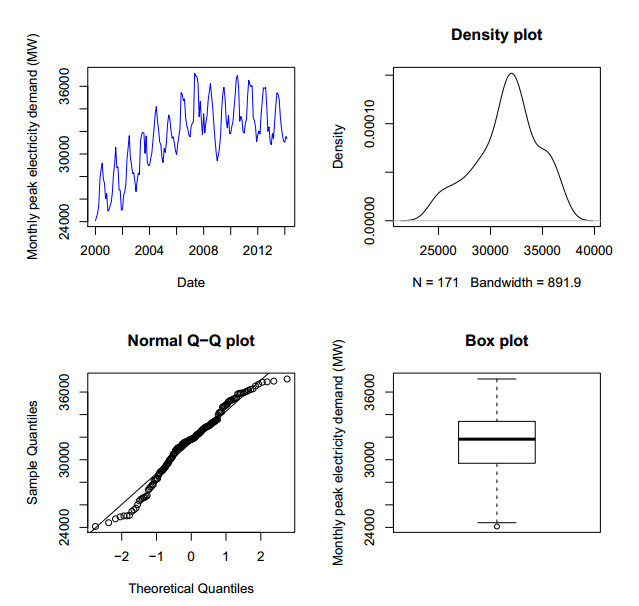
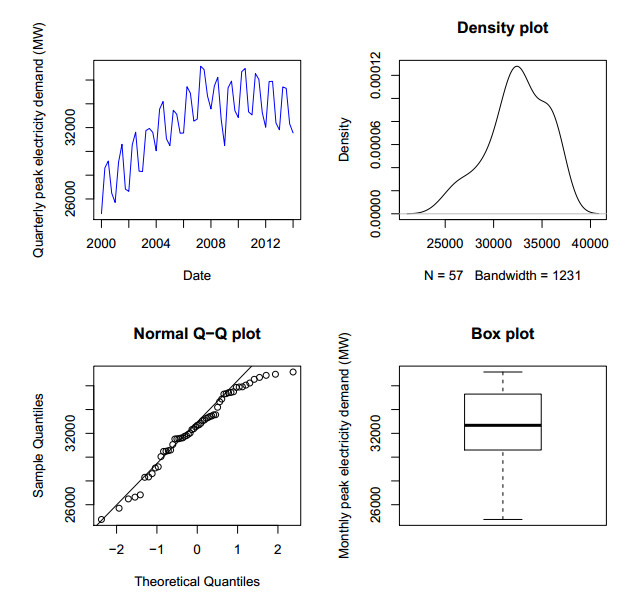
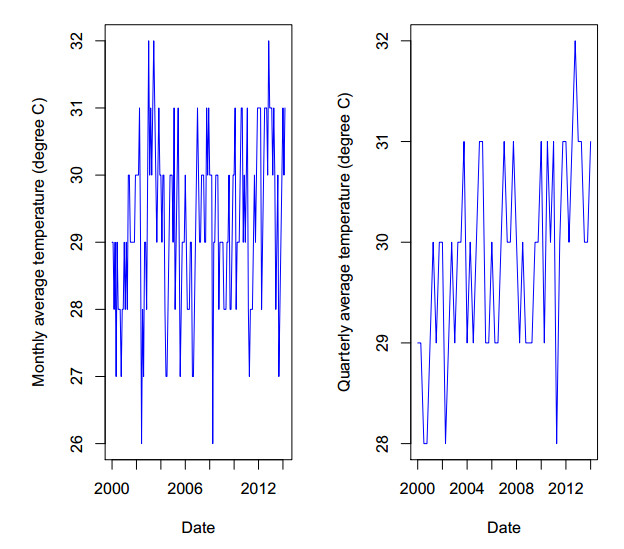
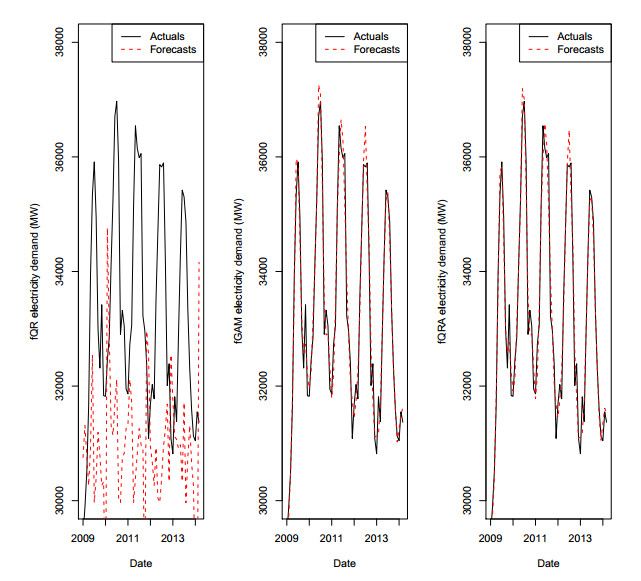
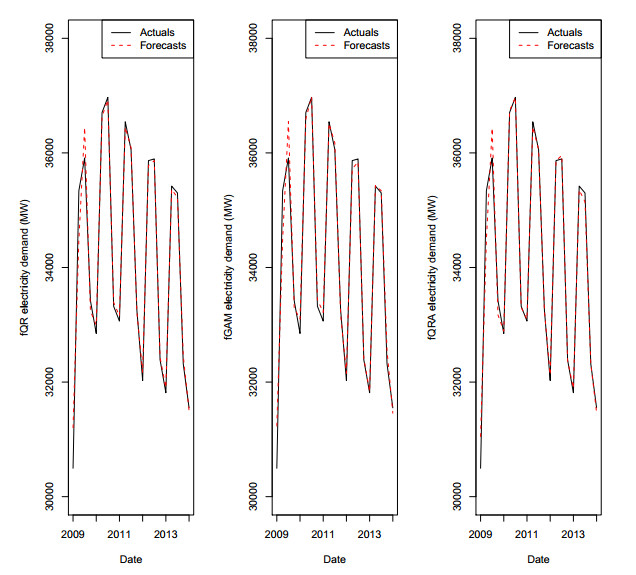
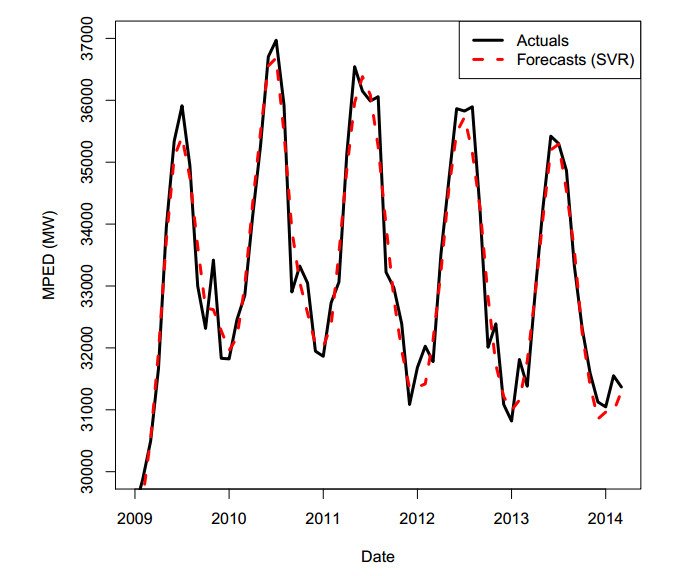
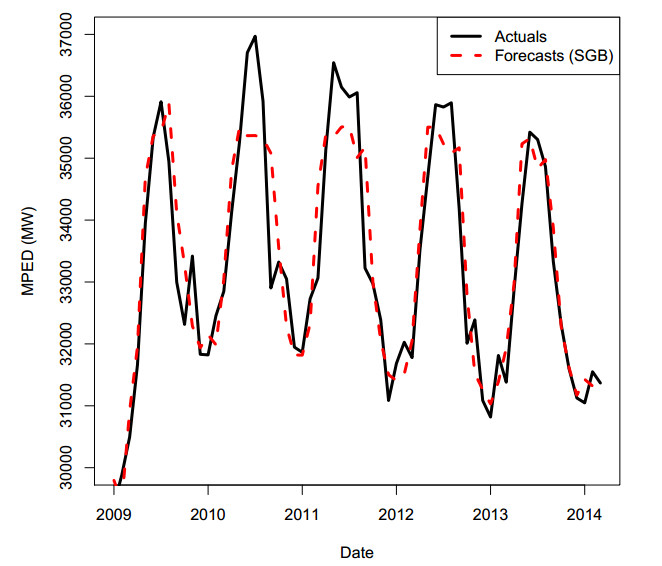
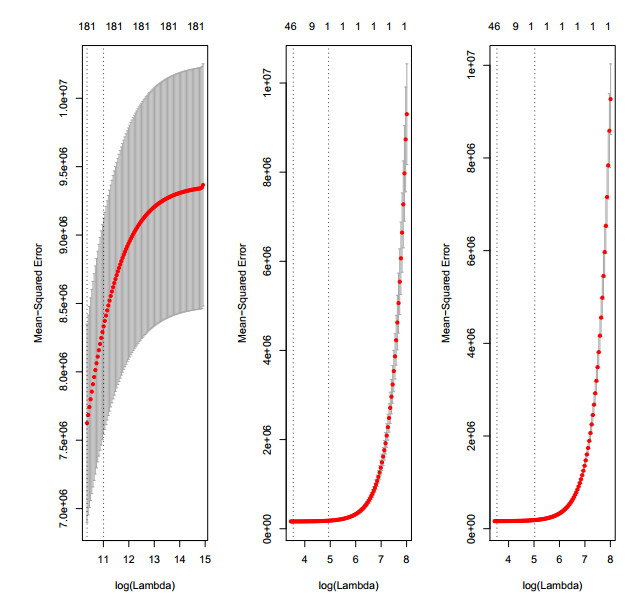
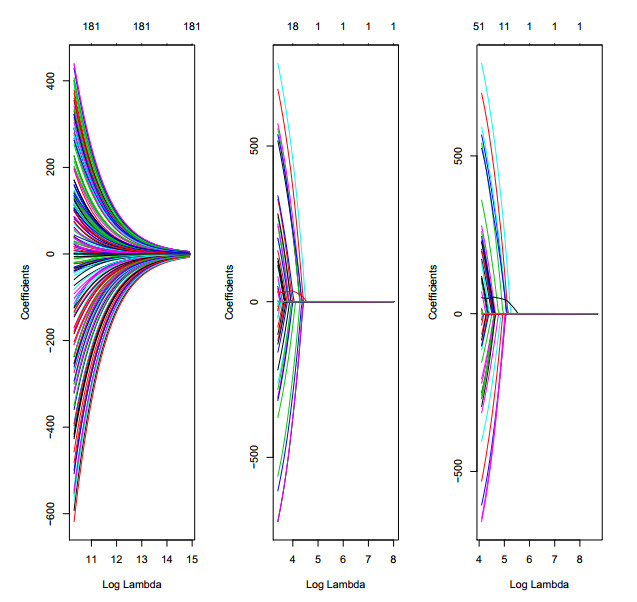
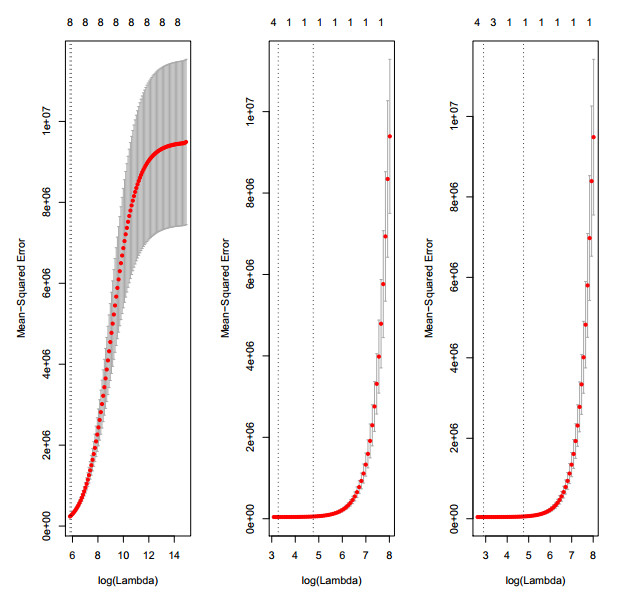
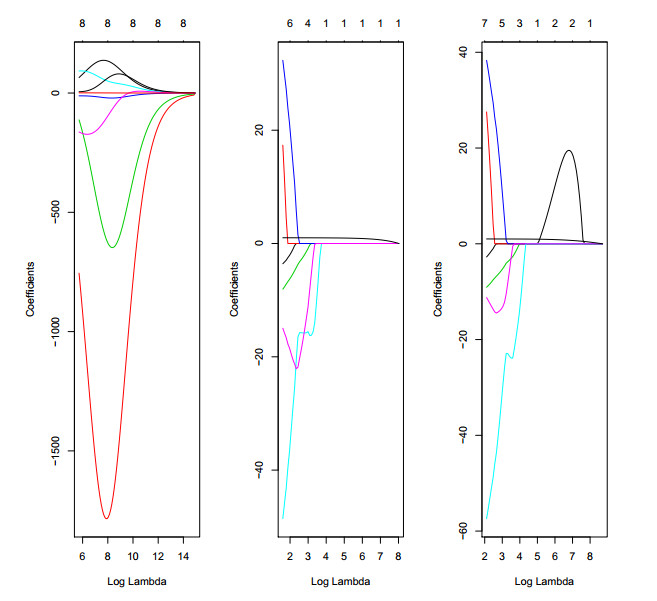


 DownLoad:
DownLoad: